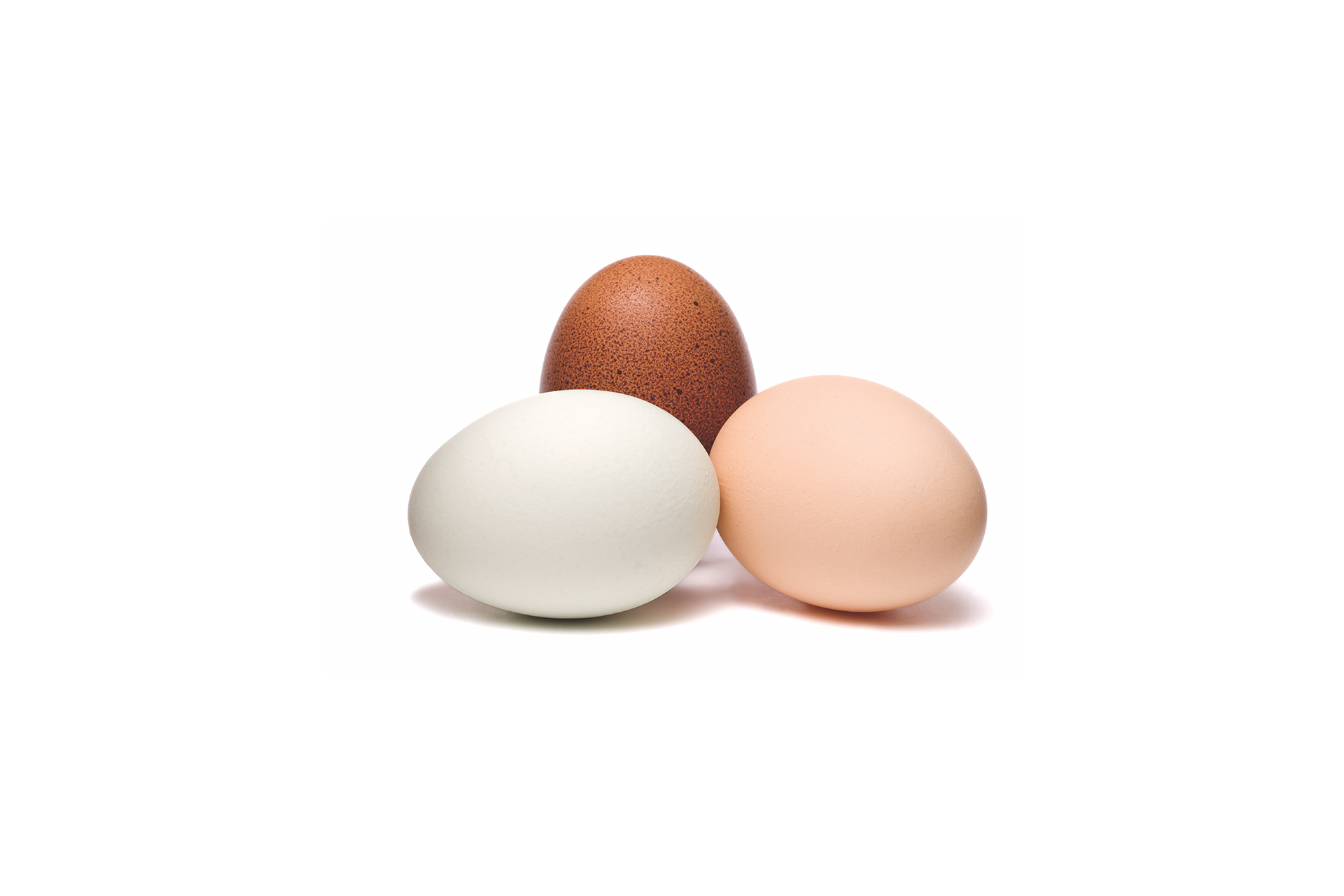


Start your day with a quick and easy egg and whole-grain English muffin and you’ll have plenty of protein to keep you going until lunchtime.
KITCHEN GEAR
INGREDIENTS
Scramble your egg, if you prefer, and/or add any of the following to your sandwich:

This protein-packed breakfast dish is a mix between a grilled cheese sandwich and a scrambled egg.
PREP TIME: 10 mins | TOTAL TIME: 10 mins
SERVINGS: 1
KITCHEN GEAR
INGREDIENTS

Try adding:
Give this baked egg dish a try and let the oven do a lot of the cooking for you! This is an easy breakfast, lunch, or dinner casserole that’s just as good cold as it is hot.
PREP TIME: 30 mins | TOTAL TIME: 1 hour
SERVINGS: 8
KITCHEN GEAR
INGREDIENTS

HAND EXPRESSION
How it works
Use your hand to gently massage and compress your breast to remove milk.
What’s Involved
Average Cost
Free
Side-Lying Hold
This hold is useful when:
Cross-Cradle Hold
This hold is useful when:
Clutch or “Football” Hold
This hold is useful when:
Cradle Hold
This hold is useful when:
Laid-Back Hold
This hold is useful when: